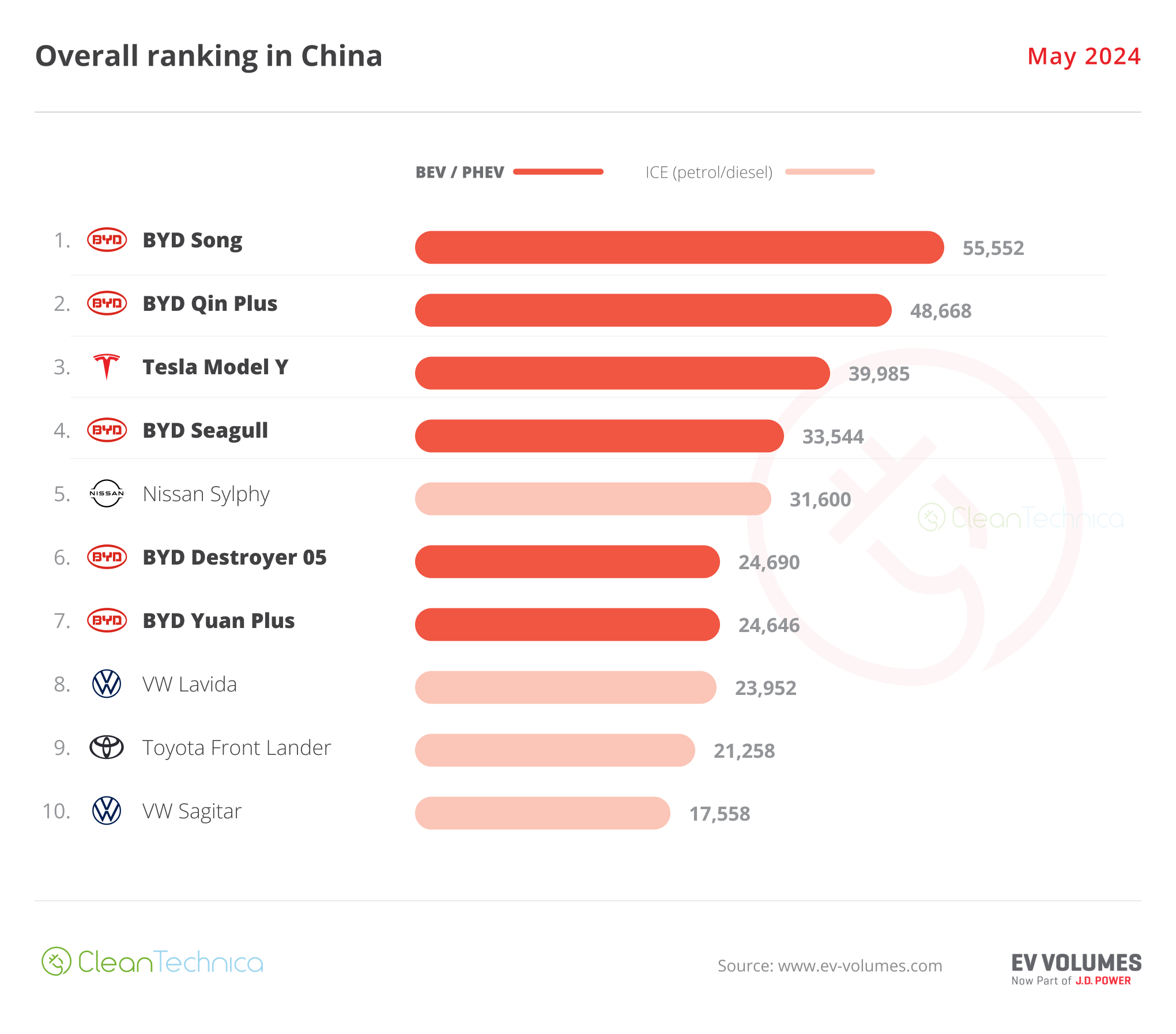
A few weeks ago, I wrote a story about the 2017 Chevy Bolt my wife and I purchased in June. There were two things about the car that made it attractive to us. First, although it was a 2017, it had only 26,500 miles on the odometer and it had a new battery pack installed in May, which means the battery is under factory warranty until May of 2031 (assuming, of course, the General Motors is still in business by then.) Second, it is eligible for the federal $4,000 used EV tax credit.
A third factor is that while we probably overpaid a bit considering what new ones are selling for (if you can find one), we also got stupid money for our trade-in, a 2013 Honda Civic Si. The net effect is that the Civic depreciated by only $500 a year since we bought it in 2015. The market giveth and the market taketh away.
Our Chevy Bolt After One Month
It takes a while to get used to the Bolt. There is a host of buttons, dials, switches, and push buttons to figure out. We were caught in a cloud burst one day and needed the defroster. So we pushed the defrost button and that worked fine. But after the rain stopped, we couldn’t shut it off. I thought at first it was on a timer the way many rear window defoggers are. I thought after we shut the car off at home it would reset. It didn’t.
The owner’s manual had no clear explanation. I signed up at the Chevy Bolt forum to see if anyone there could help. [A quick shout out. The people who run the forum are first class. Highly recommended for Bolt owners.] Ultimately, it was a Google search that did it. It turns out you can’t disable the defrost function (not the max defrost function) unless one of the buttons that directs air to the dash or floor vents is selected. After I learned that bit of information, the problem went away. (There are times when I yearn for the good old days when ventilation systems were controlled by levers and cables. I must be getting old!)
Charging A Chevy Bolt
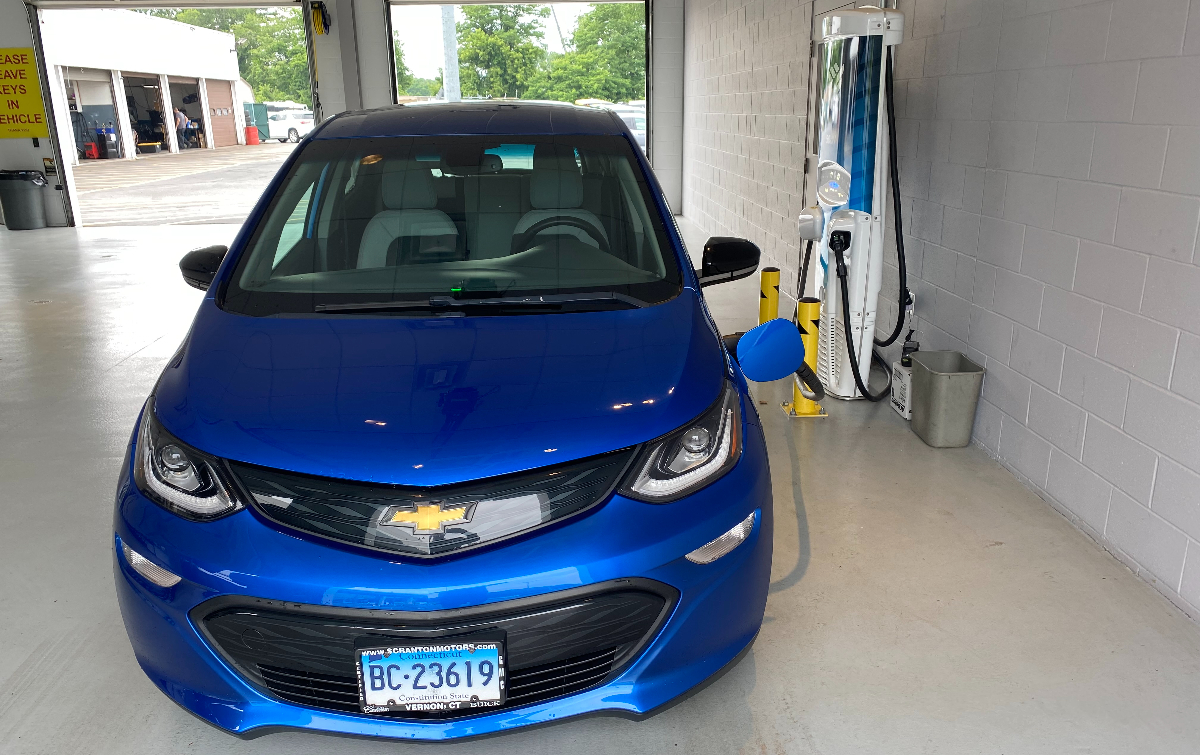
Photo by Steve Hanley for CleanTechnica. All rights reserved.
Range anxiety. Everyone talks about it but many people don’t understand it. They think driving an electric car is the same as driving a conventional car. We are accustomed to going to a gas station, filling the tank, and driving until we need to fill the tank again. It’s like a camel slurping down a lot of water and then heading out across the trackless desert to the next oasis. Electric cars are more like hummingbirds, taking little sips whenever the opportunity arises.
Most people who don’t own an electric car have no clue about the different ways to charge them. The slowest is Level 1, which is basically plugging in to the nearest 120 volt wall outlet. It is slow — on the order of around 3 miles for every hour.
The second is Level 2, which uses a 240 volt outlet. Most of us are not electricians and don’t understand that not all 240V circuits are the same. Some are 20 amps, some 30, some 40, some 50, and some more. 60 amps is roughly equivalent to what you need for an electric stove. The higher the amperage, the more electrons get transferred to the battery for every hour the car is plugged in.
Level 3 chargers use direct current (DC) instead of alternating current (AC) and they are available with different power levels. The bare minimum is 50 kilowatts, abbreviated as kW. Some are 350 kW. Again, you don’t need to be an electrician or know the definition of a kilowatt. Most of us have no idea what the definition of one horsepower is but we understand that more is better.
The Achilles heel of the Chevy Bolt is that it can only accept about 50 kW of power while charging. The charger itself may be capable of much more power but the car is unable to make use of it. This means, sadly, that on road trips with a Bolt, drivers will sit and watch other electric cars arrive, charge up, and get back on the road while the Bolt is still waiting for more electrons to get downloaded.
That is the most glaring weakness of the car and if that’s an issue for you, don’t buy one. I have a neighbor who routinely drives his Bolt back and forth between Ohio and Florida. He bemoans the highway charging experience but the pain of spending a few more hours on the road is more than offset by the joy of not having to pay for a rental car for a few months. You pays your money and you takes your choice.
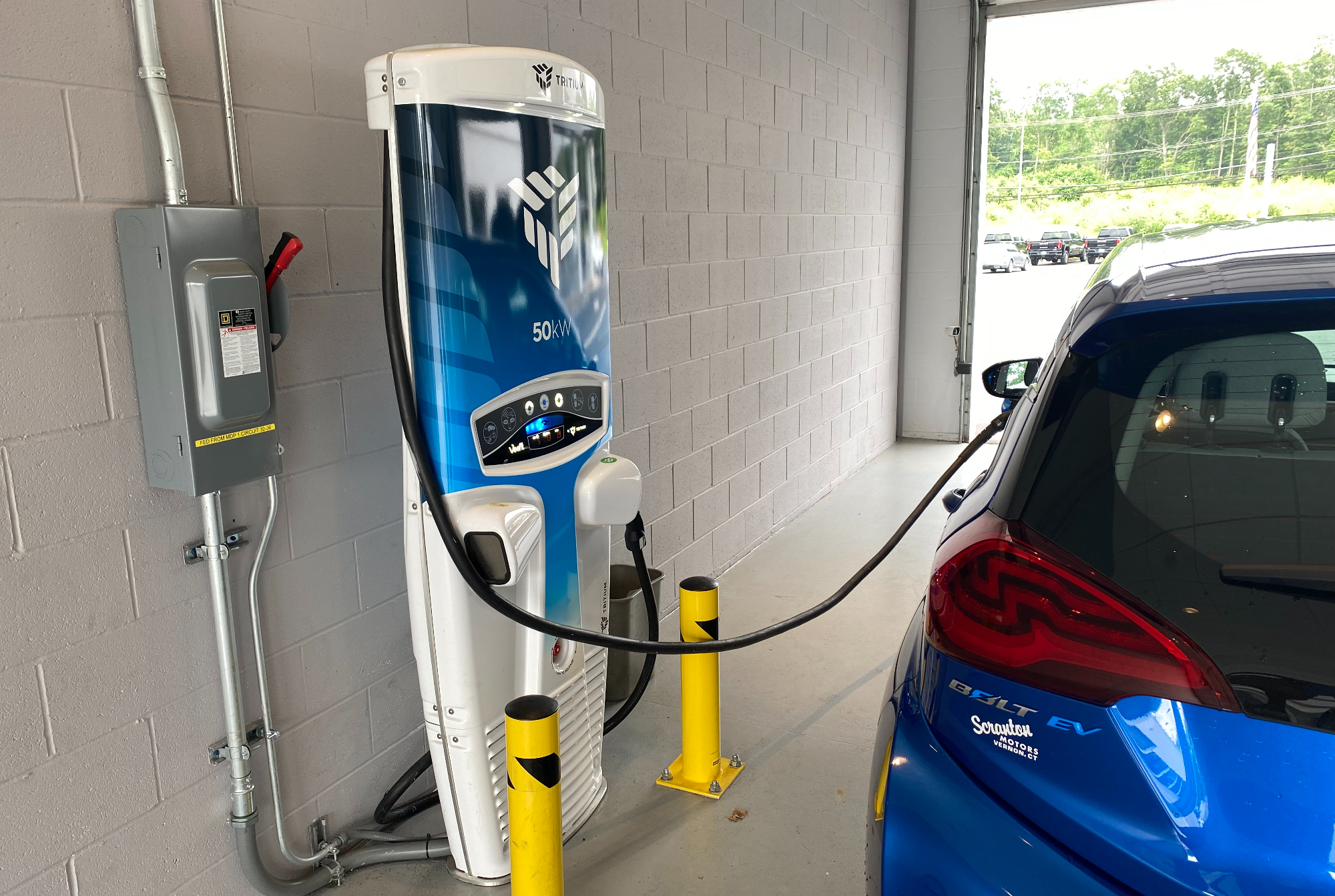
Photo by Steve Hanley for CleanTechnica. All rights reserved.
I had occasion to go back to the dealer two weeks after I bought the car. I had discovered a cut in the sidewall of one of the front tires and the dealer agreed to replace it. We agreed to split the cost for two new tires, since both front tires were about half worn. In the service bay was a shiny new DC fast charger that proudly proclaimed it had 50 kW of power. Woo hoo!
I didn’t want to embarrass the staff by telling them 50 kW is yesterday’s news. This is a Cadillac/GMC store and when they (finally) start selling Lyriqs and Hummers, that charger is not going to be up to the task of charging those cars. But for the Bolt it was perfect. I didn’t need to charge up. I had about 75% SOC. But I wanted to find out what this DC fast charging was all about (did I mention it was free?), so I plugged in.
OMG! I didn’t quite understand what all the brouhaha about CCS vs. NACS was before, never having used a CCS fast charger. First off, the cable looked like something you would use to tie an ocean liner to a pier. And the plug on the end? Yikes, it was big, and bulky, and hard to handle. I am used to Tesla Superchargers. The cord is slim and supple and the connector is this beautifully designed piece that feels good in your hand. The CCS connector felt like a canned ham in comparison.
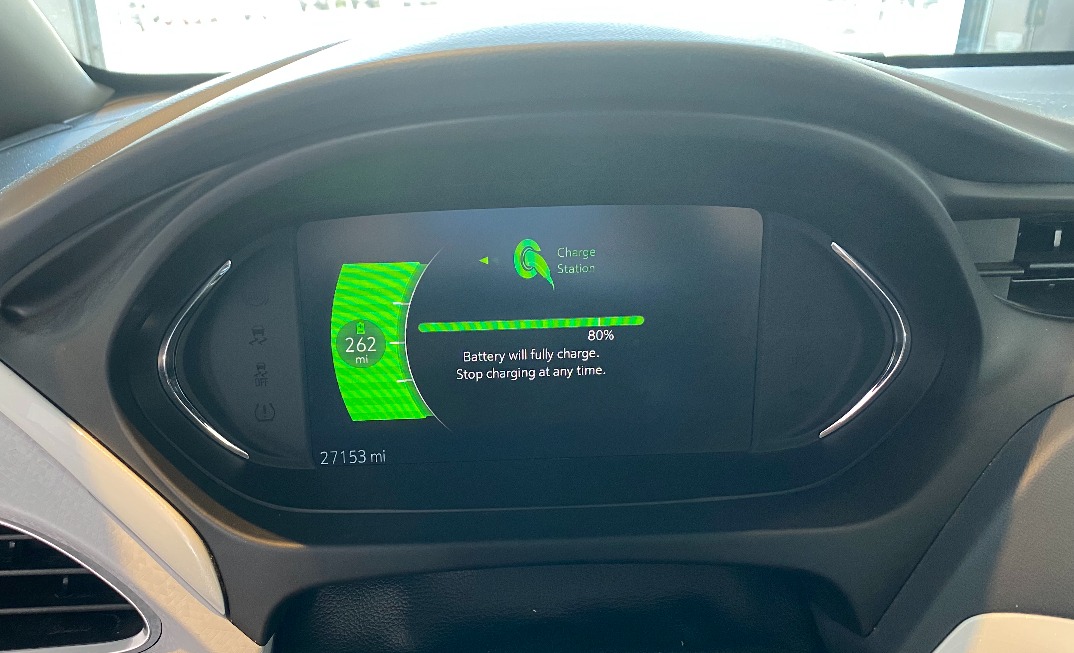
Photo by Steve Hanley for CleanTechnica. All rights reserved.
Eventually, I got the Bolt hooked up and charging began. The car got up to 80% fairly quickly and then charging slowed to a crawl. It took fully 40 minutes to get to 100%. I didn’t need to charge to 100% but I wanted to experience this for myself. Lesson learned. If you are travelling, charge to 80% and get on down the road to the next charger. Waiting to get to 100% is torture and ultimately takes longer than charging twice to 80%. That hummingbird analogy is looking more accurate all the time.
Driving The Chevy Bolt
I am pleasantly surprised how good a car the Chevy Bolt is. My other car is a Tesla Model Y, so my expectations were high. The Bolt is no Tesla but in some ways I prefer it. It actually seems to ride more quietly with less tire noise. I am getting used to the radio and climate controls. I still like the little orange lights that appear in the side view mirrors to warn me if there is a car in my blind spot.
The ride is comfortable and controlled. The regen works marvelously well, making one pedal driving a delight. The car doesn’t creep when stopped. The guess-o-meter that estimates range is entertaining as it plummets when going uphill and then adds miles back when you go down the other side. The estimated range numbers actually correspond quite well to actual miles driven.
I have found it is simpler to pay attention to the green SOC indicator on the left side of the instrument cluster and think of it like a gas gauge. With experience, I know if it shows a 50% charge I can drive about 125 miles. If I need to go 200 miles, I will need to charge up along the way. If not, I will simply plug in when I get home.
I am using a 120 volt wall outlet at home. It is painfully slow, but it is common for the car to sit for a day or two without being used. If it is plugged in all that time, who cares? I never have to stop at a gas station anymore and no ever came and filled the tank of our Civic while it was parked. It’s all what you get used to. Once you figure out the new normal, the fears about range and charging mostly disappear.
Final Thoughts
There are lots of complaints about the front seats in the Chevy Bolt, especially on early cars like mine. How a company that has made millions of seats could get things so wrong is a mystery to me. I find the front seats in the Bolt to be like sitting on a wooden bench — and not in a good way!

Photo by Steve Hanley for CleanTechnica. All rights reserved.
I found several videos on YouTube about how to add padding to the seats. It looked like more trouble than it was worth, especially the part about not damaging the wire to the seat heaters. I checked online and found any number of seat cushions ranging from about $25 to over $150 dollars but reading the reviews, it seemed people were not thrilled with any of them.
My wife recommended I try a Cush memory foam cushion so I ordered one from Amazon ($20). It’s great! I put on the front seat and it’s like I’m driving a Rolls Royce. Best twenty bucks I ever spent and it makes driving the car so much more pleasant.
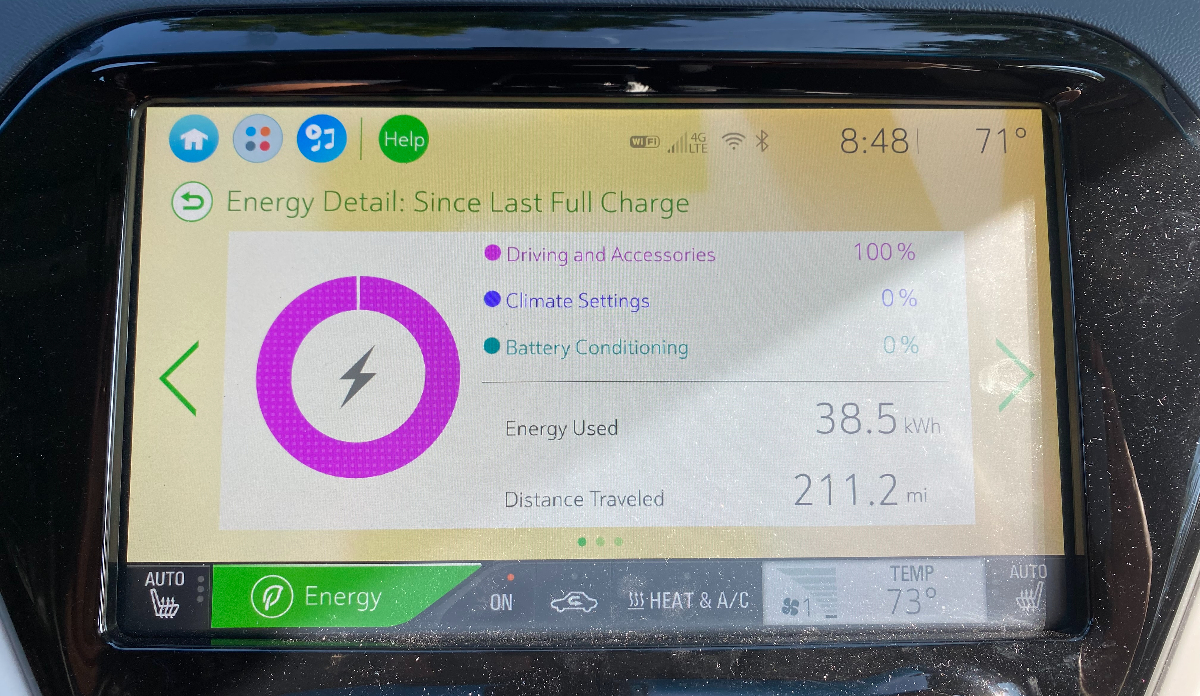
Photo by Steve Hanley for CleanTechnica. All rights reserved.
Here is a screenshot of my latest energy efficiency report, which refreshes every time the car is fully charged. It shows I am driving nearly 5.5 miles for every kWh used. That is fabulous, especially since much of those miles are in fairly hilly terrain. On the other hand, I am almost never on the highway and seldom need to use the A/C.
Overall, I am delighted with the Bolt. Yesterday I made a trip through Bigelow Hollow, which has lots of hills and curvy roads leading up to and away from it. It’s a road that I used to savor when I had my Miata. The Bolt flattens the hills and the regen tames the curves in a way that is different than the Miata but just as satisfying.
I even had an opportunity to pass a slower car on a two lane road on the way home. The Bolt just leapfrogged that car like it wasn’t even there. No throbbing engine. No gnashing gears. Just smooth, effortless acceleration. As soon as I decided to pass, I was by and had the road to myself. Electric cars are amazing!
The Takeaway
There are some things I don’t care for with the Bolt. To adjust the side view mirrors, you first have to press either the right or left button and then make the adjustment. It’s an annoying distraction. But I am learning to really enjoy the car. The first few weeks, I babied it, fearing I would deplete the battery if I drove con brio. But now I am driving it the way I normally do, with a certain degree of élan.
No car is suitable for every driver and a Chevy Bolt does have some limitations which will make it not the right choice for some drivers. But for most people, it is a perfectly fine automobile that just happens to be electric. I still rate it 4½ stars because it is not as refined as a Tesla, but it is a damn good car that is well worth the money.
I don’t like paywalls. You don’t like paywalls. Who likes paywalls? Here at CleanTechnica, we implemented a limited paywall for a while, but it always felt wrong — and it was always tough to decide what we should put behind there. In theory, your most exclusive and best content goes behind a paywall. But then fewer people read it! We just don’t like paywalls, and so we’ve decided to ditch ours. Unfortunately, the media business is still a tough, cut-throat business with tiny margins. It’s a never-ending Olympic challenge to stay above water or even perhaps — gasp — grow. So …



